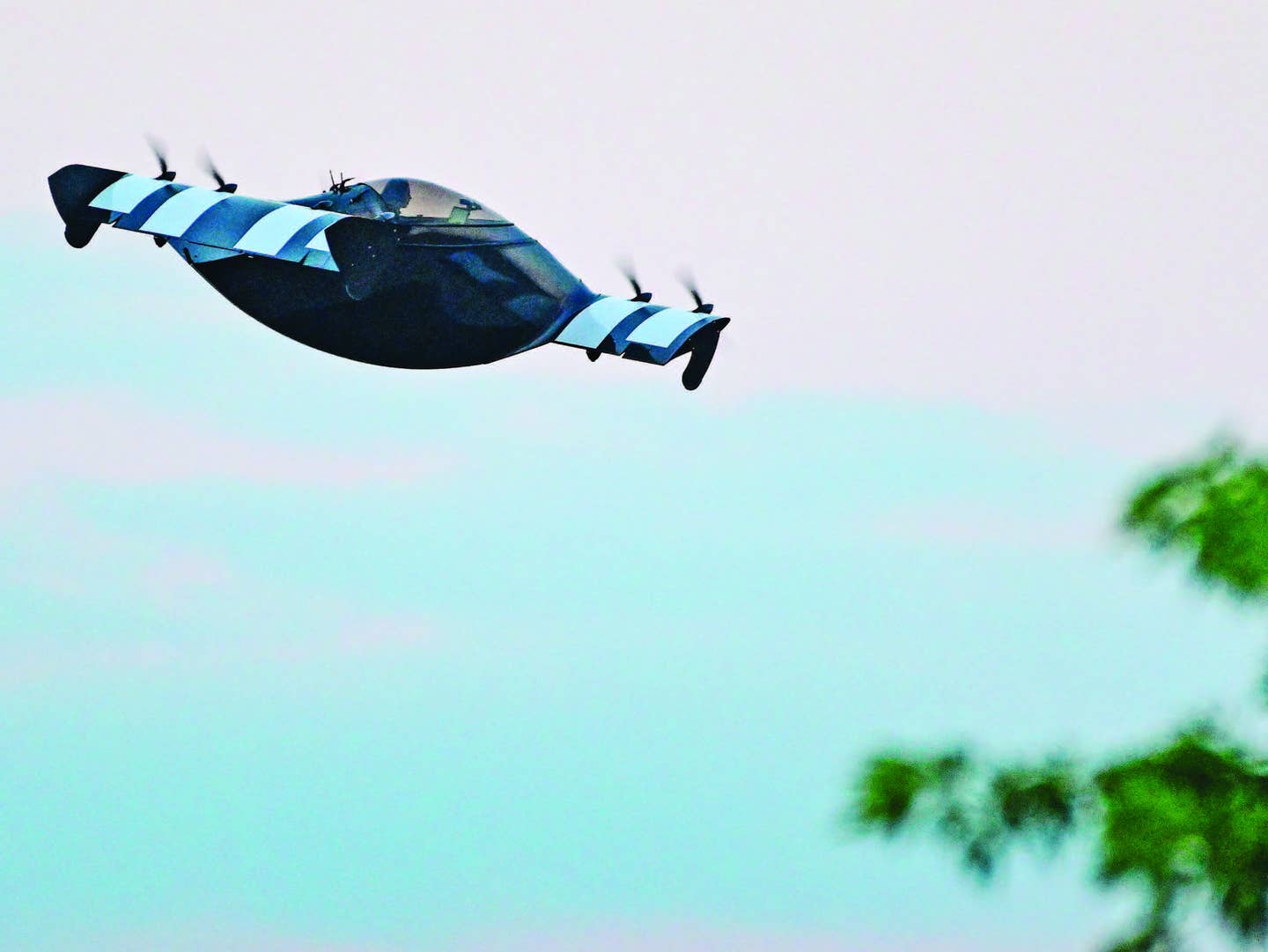Objection Overruled
A flight into poor weather conditions turns out to be a real ‘wash job’ after all.

Heavy precipitation and thunderstorms were predicted on the day of the accident flight. [iStock]
“I’ve been watching the Weather Channel, so I probably can use an abbreviated brief,” said the pilot. He had called Flight Service for a trip from Diamondhead, Mississippi (66Y), to St. Louis Regional Airport in Illinois (KALN).
“You’ve been watching, and you still want to go?” the briefer asked.
“Baby needs a wash,” joked the pilot, 66, a recently retired judge who was known for his “well-honed” sense of humor.
“Oh, he’s going to get a wash job,” the briefer said. “We do have a lot of rain and convective activity. It’s becoming pretty solid. I can’t see you doing much dodging trying to get around.”
If you're not already a subscriber, what are you waiting for? Subscribe today to get the issue as soon as it is released in either Print or Digital formats.
Subscribe Now“It looks like it subsides as it goes east,” the pilot suggested, and then added, “Question mark.”
“Well, yeah, question mark,” said the briefer. “If you take a line drawn directly north, it’s heavy precipitation until you get over to about Bowling Green (Kentucky), and that’s when the thunderstorms start again. But all this is moving northeast about 34 knots, so you head east as it is heading east, and then you get blocked off, and it’s building behind so...you have to go today?”
“Well, maybe not.”
“We will have some rain tomorrow, but at least it will break up enough and begin to move to where, you know, that Arkansas and Missouri area won’t be getting so smashed.”
“I might just go up and take a look at it and see what it looks like out of the windshield,” the pilot mused. “I don’t have anything better to do today.”
“Well,” said the briefer, “think of a good reason to go.”
He issued the required “VFR not recommended” warning—under the circumstances it was hardly necessary—and the pilot filed an IFR flight plan, estimating 2 hours and 15 minutes for the 520 nm trip.
His airplane was a Lancair Legacy, a small, very fast two-seat retractable homebuilt with a 310 hp engine. After climbing VFR to 6,000 feet, the pilot contacted Memphis Approach at 9:50 a.m. The controller asked whether he wanted to continue on his present heading of 356 degrees or deviate eastbound to try to go around the weather. The pilot said he would like to avoid the weather, and the controller gave him a vector of 060. The pilot, however, asked to continue on his present heading for a couple of minutes, and the controller agreed.
A minute later, the pilot came back. “The route ahead, as far as I can see, looks VMC. I can’t be sure on that, but I’d appreciate your input.”
“All right,” the controller replied, “stay on course and let me know if that weather starts to become a problem for you.”
Four minutes later, the controller said, “You are just going to run into about a 10-mile-wide band of showers that’s crossing in front of you. The quickest way through the weather, if you want a direct 90-degree cut, is about a 330 heading. There’s a lot of rain for about 10 miles, and then it should clear up on the other side.”
“All right, thanks,” replied the pilot. “We’ll go to 330, and we’ll slow down a little bit.” Two minutes passed.
“Looks like you are getting an updraft there,” the controller said. “I don’t have any targets around your altitude. Do what you can to hold it, but just take care of yourself through that weather. You’ve got another 10 miles before you’re going to clear it up a little bit.”
“Thank you, sir,” the pilot said.
Twenty seconds later, the controller asked the pilot whether he was OK. There was no reply. The controller’s transmissions became increasingly urgent.
“You’re going through a heavy area of weather, sir. If you can hear me, you, climb, altitude whatever, deviate, reverse course is also approved, sir...Radar contact is lost 30 miles northeast of Memphis, sir...You’ve got another 15 or 20 miles in that weather. If you can hear, sir, suggest a heading northwest bound to get through the weather. You’re in a level 4 and level 5 cell in that area, sir.”
The controller was not long in guessing what had happened. “I think he might have crashed,” he told a colleague.
Three hours later, searchers in a helicopter spotted fragments in a rain-soaked field. The recovery team found the engine and propeller buried almost 9 feet below the surface.
About an hour before the flight took off—but after the pilot’s conversation with the weather briefer—the National Weather Service had issued a SIGMET for the area through which the flight would pass. It warned of severe thunderstorms with tops to 38,000 feet, possible 50-knot gusts and 1-inch hail. The pilot most likely never saw the SIGMET. A retrospective analysis of Doppler weather radar recordings confirmed that at the time of the crash the pilot was just crossing the leading edge of a level 5 storm.
The National Transportation Safety Board limited its finding of “probable cause” to the trivial insight that the pilot had lost control of the airplane. A factor in the accident, it added, was “insufficient information” provided by the controller, who did not convey the storm’s intensity level to the pilot until he was already in it. Exactly how and why the loss of control occurred was not discussed. The wreckage was too badly fragmented for forensic analysis, and significant portions of it were not recovered at all. It did not appear that the airplane had broken up in flight, however. The wreckage was confined to a small area among plowed fields where more widely scattered debris would have been easy to find.
- READ MORE: The Road Not Taken
This accident occurred in 2004. In the intervening years, the NTSB has moved away from mechanistic analyses such as “loss of control” and toward more judgment-oriented ones signaled by the phrase, “the pilot’s decision to...” Today, I think, the finding of probable cause would put more emphasis on decision-making on the parts of both the pilot and controller, although the board’s investigations seldom satisfactorily dissect the nuances of decisions made by two people unconsciously influencing one another. The pilot’s assertion that it looked like VMC ahead probably affected the controller’s interpretation of his own weather display. The controller’s mention of 10 miles of “showers”—two and a half minutes in the Legacy—probably alleviated the pilot’s concern about the storm.
At the risk of venturing into groundless speculation, I am inclined to note that, as a judge, the pilot was accustomed to being the final arbiter of complex questions. As the builder-pilot of a beautiful—the word he used when filling in the “color” field in his flight plan—high performance airplane, he also probably experienced a little of the feeling of untouchable power that comes with fast airplanes and fast cars. The weather briefer hinted, warned, cajoled—but his objections were overruled.
This review first appeared in the July 2023/Issue 939 print edition of FLYING.

Sign-up for newsletters & special offers!
Get the latest FLYING stories & special offers delivered directly to your inbox







